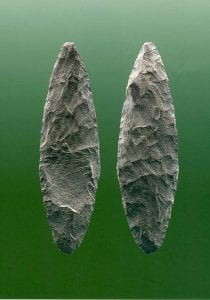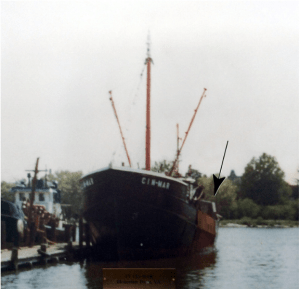 Today January 24, 2020 one of our graduate students defended her thesis. Zaakiyah Cua graduated from her undergrad at Youngtown State University with degrees in Anthropology and Geography and a GIS Certificate in 2015. In 2018 she received the Paul Goldberg Award at the SAA conference for her work using Earth Science methods in archaeology. Zaakiyah’s thesis is entitled Loyalhanna Creek: A Geoarchaeological Approach to Understanding the Archaeological Potential of Floodplains. Loyalhanna Creek is a point bar of upstream of a dam in Westmoreland County, PA. Her research used ground penetrating radar, gradiometry, and auger sampling to find anomalies and investigate soil horizons. As in all IUP graduate theses, Zaakiyah’s research was directed by three research questions. They are:
Today January 24, 2020 one of our graduate students defended her thesis. Zaakiyah Cua graduated from her undergrad at Youngtown State University with degrees in Anthropology and Geography and a GIS Certificate in 2015. In 2018 she received the Paul Goldberg Award at the SAA conference for her work using Earth Science methods in archaeology. Zaakiyah’s thesis is entitled Loyalhanna Creek: A Geoarchaeological Approach to Understanding the Archaeological Potential of Floodplains. Loyalhanna Creek is a point bar of upstream of a dam in Westmoreland County, PA. Her research used ground penetrating radar, gradiometry, and auger sampling to find anomalies and investigate soil horizons. As in all IUP graduate theses, Zaakiyah’s research was directed by three research questions. They are:
-Are there Buried Landscapes that have the potential to yield pre-contact archaeological sites within the selected floodplain along the Loyalhanna Creek?
-If there are buried landscapes what are the extent of these landscapes, how do they relate to one another, and what was the landscape before sediment deposition?
-What is the Archaeological potential of existing buried landscapes on the selected floodplain?
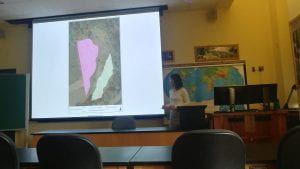 Zaakiyah first surveyed her area using GPR and gradiometry in order to answer questions one and locate possible buried landscapes. After analyzing her data and comparing both geophysical methods to each other and topographic maps, she located 6 potential large landscapes. She augured select points along these landscapes to compare the landscape horizons. The soil samples were first analyzed in the field using visual characteristics and then in the lab using particle size analysis. Using these methods, she was able to identify several soil trends including stacked B horizons, buried A horizons, and restricting features within a landscape. One landscape had enough charcoal deposits to conduct radiocarbon dating providing her with a date of roughly 5000 BP for that horizon. From all of this data, Zaakiyah was able to show that there is archaeological potential for that area and recommends more research and sampling.
Zaakiyah first surveyed her area using GPR and gradiometry in order to answer questions one and locate possible buried landscapes. After analyzing her data and comparing both geophysical methods to each other and topographic maps, she located 6 potential large landscapes. She augured select points along these landscapes to compare the landscape horizons. The soil samples were first analyzed in the field using visual characteristics and then in the lab using particle size analysis. Using these methods, she was able to identify several soil trends including stacked B horizons, buried A horizons, and restricting features within a landscape. One landscape had enough charcoal deposits to conduct radiocarbon dating providing her with a date of roughly 5000 BP for that horizon. From all of this data, Zaakiyah was able to show that there is archaeological potential for that area and recommends more research and sampling.
She gave an amazing and very professional presentation  to her research committee and around 8 current graduate students. One professor commented that her research is one of the most impressive to come out of the program in many years. She spent a total of four years surveying, analyzing, and writing her thesis. Everyone was very impressed with the amount of work she was able to accomplish in that short time. The department is very proud of her and wishes her the best in her future careers.
to her research committee and around 8 current graduate students. One professor commented that her research is one of the most impressive to come out of the program in many years. She spent a total of four years surveying, analyzing, and writing her thesis. Everyone was very impressed with the amount of work she was able to accomplish in that short time. The department is very proud of her and wishes her the best in her future careers.
To learn more about IUP’s graduate and undergraduate opportunities visit https://www.iup.edu/anthropology/

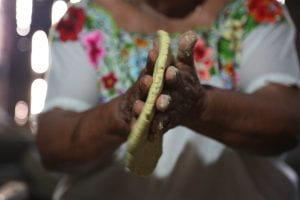
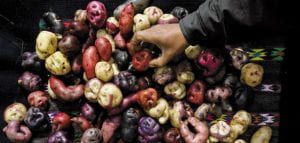



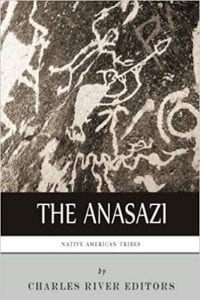

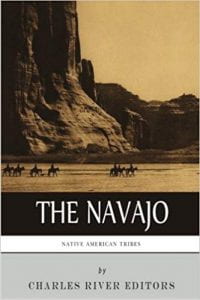

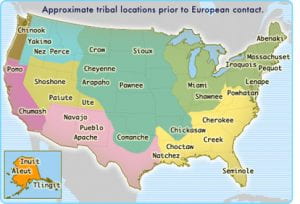
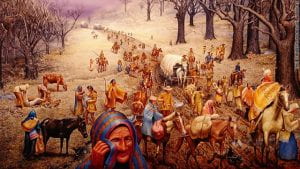


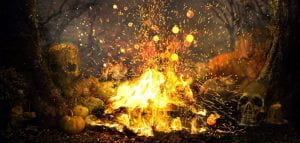
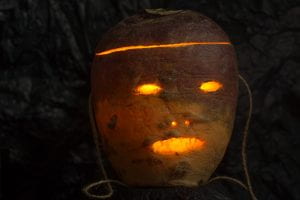

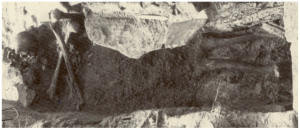
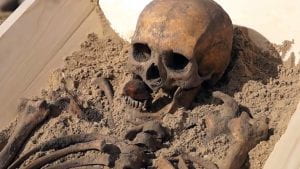
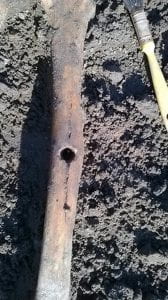

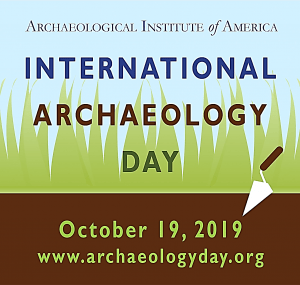
 fictional, they are based on real world facts. In Raiders of the Lost Ark, Indy is chased by the Chachapoyan Tribe. This was a real-life tribe who lived in Peru just prior to the Spanish invasion. They were conquered by the Inca in 1450. The temple Indiana Jones robbed was similar to the actual Chachapoyan temple of Kuelap. Like the fictional temple, Kuelap has a long narrow entrance way that was probably designed as a defensive measure. The biggest discrepancy is that Kuelap does not have a large rolling boulder that chases looter down the narrow hallway.
fictional, they are based on real world facts. In Raiders of the Lost Ark, Indy is chased by the Chachapoyan Tribe. This was a real-life tribe who lived in Peru just prior to the Spanish invasion. They were conquered by the Inca in 1450. The temple Indiana Jones robbed was similar to the actual Chachapoyan temple of Kuelap. Like the fictional temple, Kuelap has a long narrow entrance way that was probably designed as a defensive measure. The biggest discrepancy is that Kuelap does not have a large rolling boulder that chases looter down the narrow hallway.

